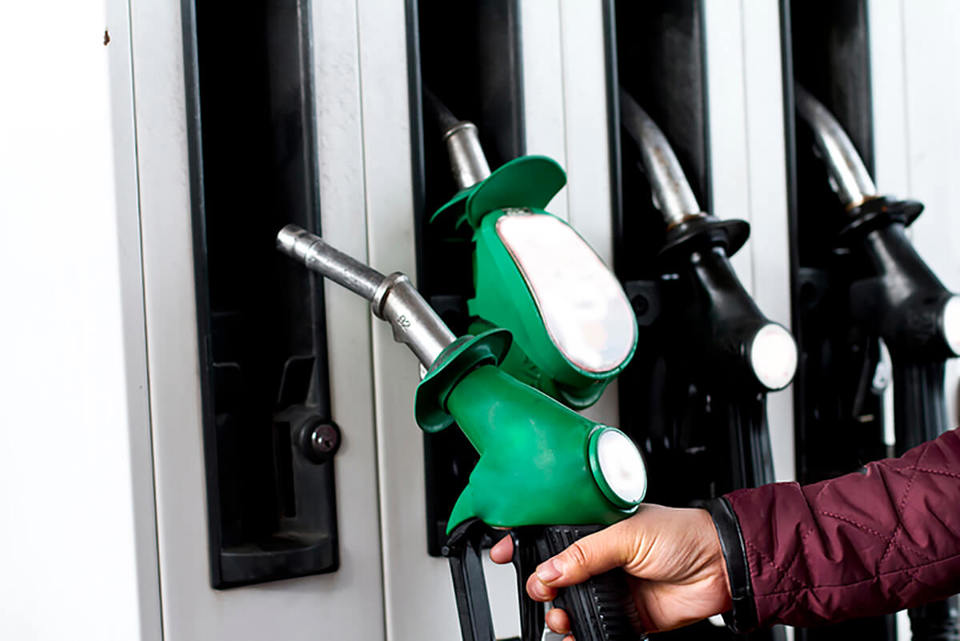Eighty per cent of drivers have changed their driving behaviour to save fuel, according to the IAM's latest opinion poll.
Of the 2,500 people polled, half said they had changed to a more eco-friendly driving style.
Other changes in behaviour include:
• Making fewer journeys (38.10%).
• Walking shorter journeys they previously would have driven (34.54%).
• Using public transport more (21.48%).
• Cycling shorter journeys they would previously have driven (19.19%).
• Buying a more fuel-efficient car (18.08%).
Drivers are not keen to give up their cars completely – 74% were against this idea - but more than half said they stick to the speed limit to keep fuel consumption down, and more than 70% check their tyre pressures regularly. Turning off the air-con and emptying the car of unnecessary clutter were also popular methods.
IAM director of policy and research Neil Greig said: "The days of cruising the motorway at eighty, regardless of the cost, are over. With rocketing fuel prices it is clear that drivers are changing their behaviour, which is good for their health and the environment. You don't need a new car to become a greener driver. You just need to change your driving style.
"For millions of motorists driving is a necessity, not a luxury. Rural drivers especially need their cars for work, socialising and family life. If drivers can reduce their car usage that's great, but for those who can't, driving as economically as possible is the answer."
How to improve your MPG and cut carbon emissions:
• Keep your vehicle moving rather than stopping and starting. Look further ahead and slow down earlier to avoid stopping. Driving at a constant speed is far more fuel efficient than heavy accelerating and braking.
• Check your tyres. Under-inflated tyres have a big impact on fuel economy.
• Put your car on a diet. Remove unnecessary weight, including roof racks, car clutter and heavy items in the boot.
• Try to avoid using air conditioning and climate control at low speeds as they increase fuel consumption. Open a window. But at high speeds, close your windows to maintain the aerodynamics of the car. Use air-con to get the car to a comfortable temperature, and then turn it off to save fuel.
• Clean screens rarely mist up - so you'll use the heater and air-conditioning less.
• Try changing up your gears earlier; for petrol engines at 2,500 rpm (revs per minute), and diesel engines 2,000 rpm
• Reverse into parking bays: manoeuvring with a cold engine uses more fuel, so make the most of having a hot engine.
• It will take most cars at least a couple of miles to warm up and run efficiently. Could you walk or cycle?
• Drive at an even pace over speed humps. Slowing down and speeding up drinks more fuel.
• Stick to the speed limit.




















Login to comment
Comments
No comments have been made yet.